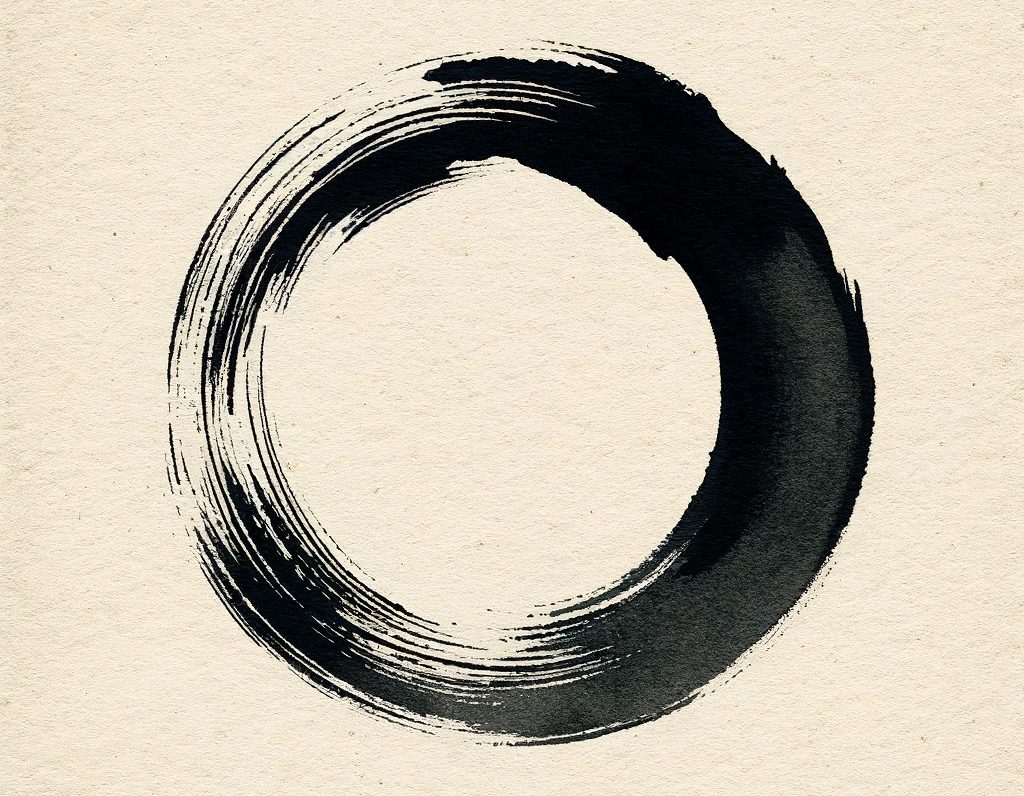
Embodiment: Bring Good Intentions to Life
January 4, 2024
From Automatic to Aware: Rediscovering Reality Through Yoga
May 8, 2024I’ve been distracted lately by thoughts on the pace of local development and how this will inevitably affect the future of our lives and livelihood. Sometimes, I find it challenging to feel content, knowing that the rate of change is increasing. However, when I narrow the focal lens to the here and now, nothing substantial is impeding the flow of life’s movements. In fact, I am lucky to be able to thrive in this place and time, and I am grateful to be this fortunate. But in our society’s race to who-knows-where, I’m also aware of how fragile contentment can be.
Contentment, or santosha in Sanskrit, is the cessation of dissatisfaction. I’m using a double-negative intentionally because contentment doesn’t preclude us from setting goals and seeking to achieve them. However, our minds can easily focus on what we perceive to be lacking, especially if those conditions seem to come from external forces over which we have less control.
In yoga, santosha is a core value of the niyamas, a set of guiding principles for leading a good life. One way in which yoga practices give rise to contentment is by renewing our relationship with present-focused experience. Feeling a sense of lack is a natural tendency of our subcortical neurobiology and is provoked when our current state does not match an idealized state held in memory. This can be conscious or subconscious. In yoga, by provoking feelings in the body while regulating our nervous system, the mind begins to drop the tension of dissatisfaction and settles into the investigation of the present experience. In fact, purposeful discomfort helps to normalize our response to latent discontentment and anxiety, making us more resilient. Another way yoga cultivates contentment is by incorporating aspects of ourselves that may not be attended to in day-to-day life: feelings of the body, thoughts, and emotions that may not meet the threshold of consciousness. There’s a resonance created in feeling more whole, less lacking, and thereby more content.
From a different perspective, the cessation of dissatisfaction is a child-like experience of wonderment about what exists right now. Tactile feelings, smells, music, the visual scene, all of which you are not apart from; you are an essential condition of them. If this resonates with you because you remember a time when things felt this way, then these memories can remind you not of what is lacking, but what is possible to feel. Yoga teaches that feelings of discontent exist in a sheath of experience that we can navigate through, and there is a place within that is peaceful and complete.
Karen Andersen
E-RYT 500, YACEP, Behavioural Neuroscience Major, SFU






